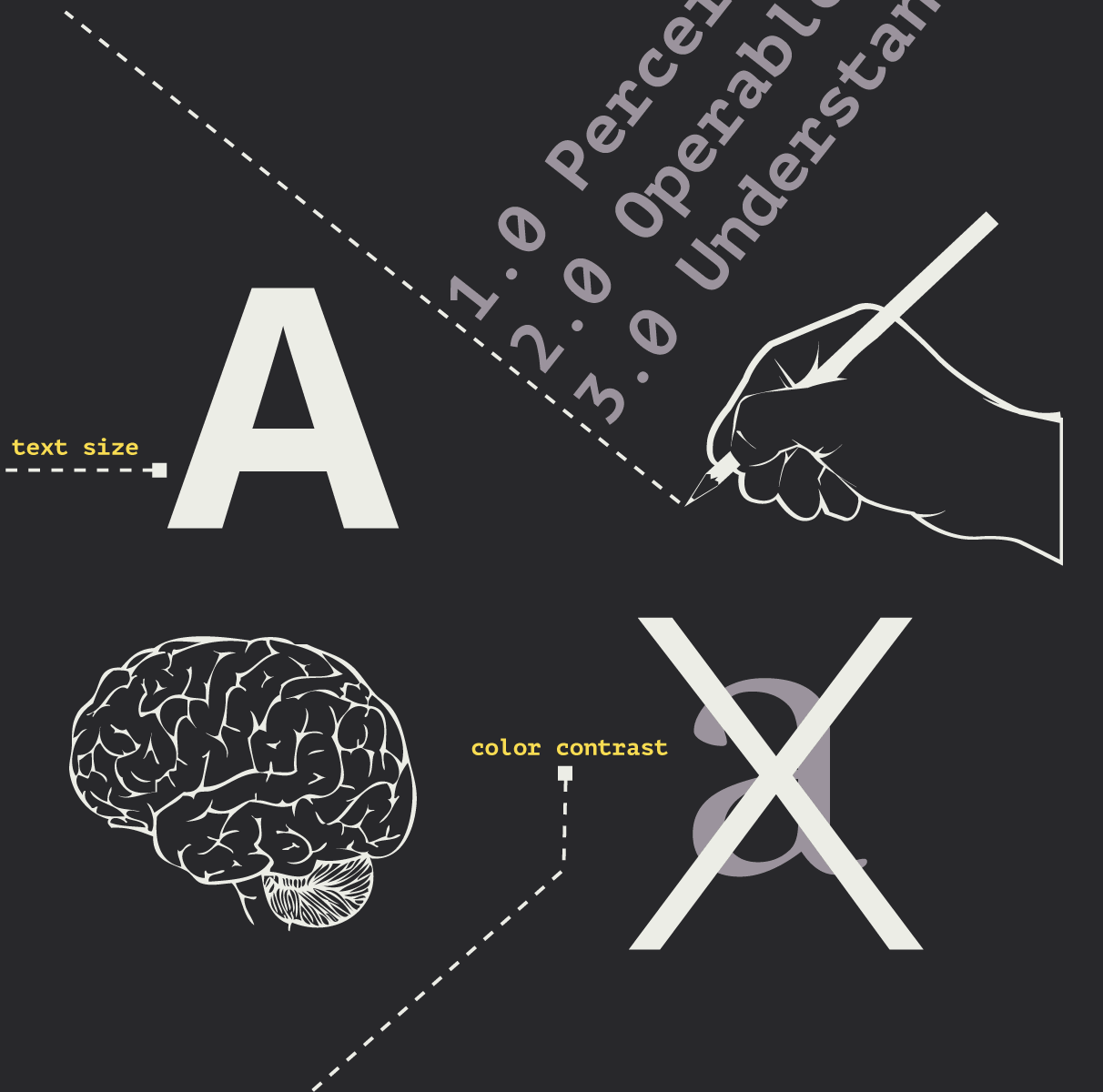Henry Ford and Responsive Frameworks
Nick Melville Front End Developer#Responsive Design, #Design Advice

Responsive Frameworks provide a way to quickly build responsive websites, but are they the best solution?
In 1913, Henry Ford’s moving assembly line made the process of building an automobile much more efficient. Rather than building a car piece-by-piece, standardized sub-assemblies were combined to build a car in much less time than ever before. In many ways, responsive frameworks help us build websites in the same modular way, and therefore in much less time than a totally bespoke, or custom-made, website would take to build. However, using responsive frameworks leads to some of the same problems that mass production introduced, so they aren’t a catch-all solution for web development. Let’s take a look at what they are and how they can be used best:
What are Responsive Frameworks?
Responsive frameworks, such as Foundation and Bootstrap, lay the groundwork for a responsive website that works well on a wide array of devices. They contain all of the HTML, CSS, and JS needed to get a new website started, and generally contain numerous components and modules for everything from buttons and tabs to multi-level navigation menus. They are built, tested, and maintained to ensure stability and cross-browser compatibility, and can be visually customized to reflect personal preference or branding. In short, responsive frameworks are a wonderful resource for quickly implementing responsive design on a website without have to start from scratch; they provide the standardized sub-assemblies for building a website.
“You Can Have Any Color as Long as it's Black”
However, simply having those sub-assemblies ready doesn’t actually produce anything, so the actual site will still need to be put together. The basic templates provided in the frameworks pull everything together but quickly expose a few key drawbacks. First and foremost, they do not provide any content management capabilities, so unless they are integrated with an existing system, they are only useful for static pages and websites. This can mean extensive manual editing when adding or changing content. Secondly, while it is certainly possible to customize the look of the site, it tends to be a painful experience to overwrite so many default styles. Finally, on the performance side, every component is included, whether you are using them or not, so there tends to be a significant amount of bloat from unneeded code.
Where Do They Make Sense?
Despite some of the drawbacks of responsive frameworks, there are definitely situations where they make a lot of sense. One area we find ourselves using them is for early prototyping and creating wireframes in the browser. At this point of the process, we aren’t yet considering visual styles or performance, and we typically have a small number of pages to build. Frameworks allow us to get something up and running easily, iterate quickly, and focus on User Experience (UX) rather than content and styles. For us, frameworks are perfect for the early stages of development, but we prefer to build our production sites using our own code base.
The Value of Bespoke
In the end, responsive frameworks serve a specific purpose, but a generalized, one-size-fits-all solution isn’t always the best choice for a production website. We prefer to build customized solutions that address specific needs and goals rather than trying to adapt an out-of-the-box solution to fit them. Framework-based websites are the mass-produced Model Ts of the internet; functional and economical, but all essentially the same and not specifically designed for a given need.
Do you have any questions about implementing Responsive Design on your website? Do you want to know more about how Diagram can help you redesign your site to provide the best experience for your users? Please contact us to speak with a Solutions Engineer, or feel free to leave a comment below.
Related Posts
How to Optimize Images for Better Website Performance
Learn to optimize your site with responsive images, modern formats, and lazy loading to improve performance and user experience.

Accessibility Playbook Resources
Useful accessibility resources that are free for web designers, web developers, and content creators to help them build more inclusive websites.
Results Matter.
We design creative digital solutions that grow your business, strengthen your brand and engage your audience. Our team blends creativity with insights, analytics and technology to deliver beauty, function, accessibility and most of all, ROI. Do you have a project you want to discuss?
Like what you read?
Subscribe to our blog "Diagram Views" for the latest trends in web design, inbound marketing and mobile strategy.